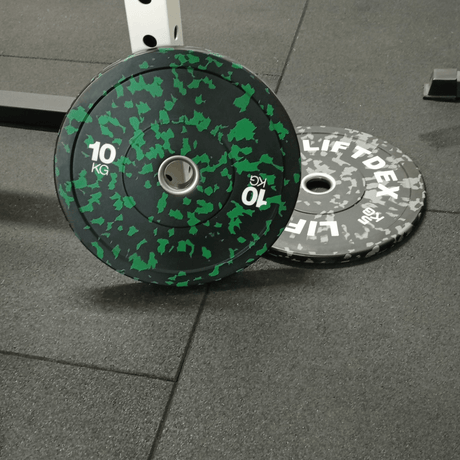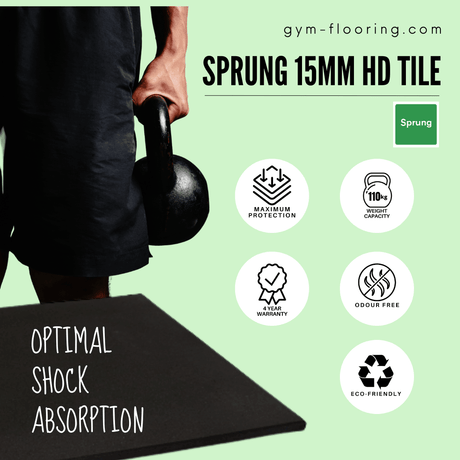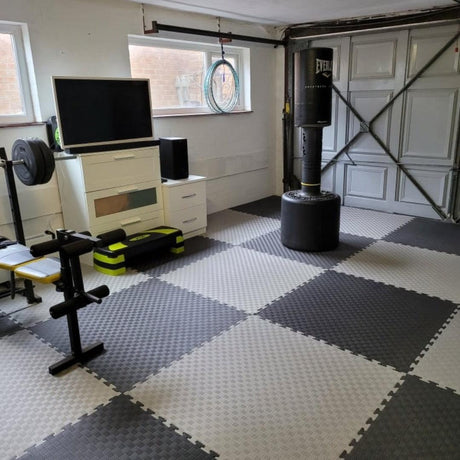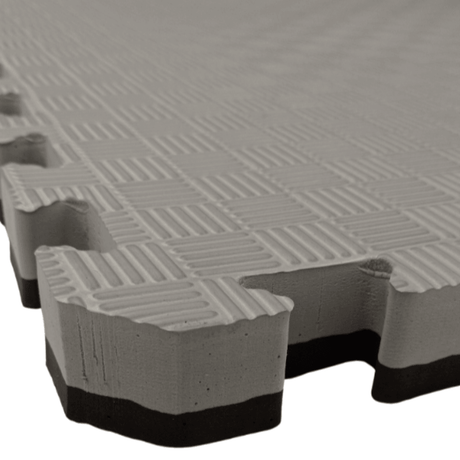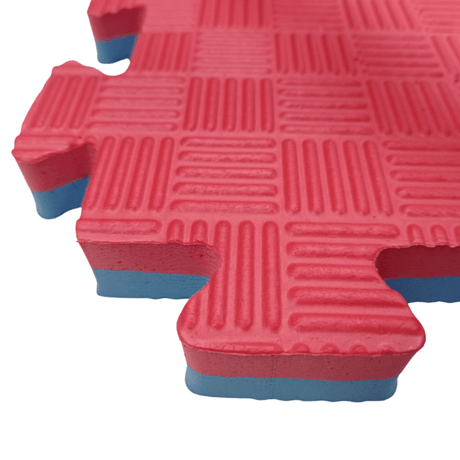Judo is a Japanese martial art that has been around for centuries. It is an incredibly effective form of self-defense and has been adapted for use in law enforcement and military training.
Judo training requires a great deal of discipline and focus, and a good-quality mat is one of the most important pieces of equipment for any judo practitioner.
But what are the benefits of judo mats specifically? In this article, we will discuss the ways in which judo mats can improve your training experience and some tips on how best to choose your Judo mat solution.
Table of Contents
What are Judo Mats?

Judo mats are usually made from a foam material, which helps to absorb the impact of falls and throws. Judo mats are available in a variety of sizes, thicknesses, textures and colours allowing you to find a mat that suits your needs and your aesthetic preferences.
The use of judo mats is not limited to judo; other similar martial arts can also benefit from this style of mat such as brazilian jiu jitsu, karate and any other type of dojo activity.
Different Types of Judo Mats

Judo mats are made from a variety of materials, including foam, vinyl, and rubber. They vary in thickness, density, and hardness as well as having different surface options such as smooth or textured in a grid, basketweave or crosshatch pattern.
The type of mat you use will depend on your level of experience and the intensity of your training. For example, beginners may want to use a softer mat so they can avoid injuries. More experienced judokas may want to use a harder mat so they can challenge themselves when they are practicing.
Each type has its own advantages and disadvantages, so it's important to select the right one for your needs.1. Foam Mats

Foam mats are the most common type of judo mat. They are made from EVA closed cell foam and come in a variety of surfaces. They are lightweight and easy to set up and take down. They also have good shock absorption, which makes them ideal for beginners who are learning how to do specific moves.
Tatami surface foam mats are one of the most popular Judo mat options because the traditional Tatami pattern offers excellent traction and grip while the foam core cushions and protects.
This style of judo mat usually has an interlocking system meaning each tile connects together like a puzzle. This makes it very simple to fit and easy to move around if required.2. Vinyl Mats
Vinyl mats are made from PVC vinyl and have a smooth surface. They are more durable than foam mats and provide an excellent grip, which makes them ideal for more intense training sessions. They are also more expensive than foam mats and more difficult to install. There are also options for foam mats with a PVC outer coating meaning the core is soft and cushioned while the outer surface has an extra layer of protection.
3. Rubber Mats
Rubber tiles are the most durable type of judo mat. They are made from recycled tyres and have a textured surface that provides good grip. They are also slip-resistant, which makes them ideal for intense training sessions. Jigsaw mats are also made from rubber and are a popular choice for home use because they can be easily assembled and disassembled. One of the down sides to interlocking rubber mats for judo is that the surface may not be soft enough for some.The Benefits Of Judo Mats In Training

Judo mats have a lot of benefits that can help you in your training. Let's take a look at some of them.
Judo Mats Provide a Safe Training Surface
One of the most important benefits of judo mats is that they provide a safe training surface. This is especially important when training throws and takedowns, as there is a risk of injury if you're not properly cushioned. Judo mats help to reduce the risk of injury by providing a soft landing surface for falls and throws.Judo Mats Help to Absorb Impact
In addition to providing a safe landing surface, judo mats also help to absorb the impact of throws and takedowns. This is important for two reasons. First, it helps to protect your joints from the stress of impact. Second, it helps to prevent your training partners from being injured by your throws and takedowns. By absorbing the impact of your throws, judo mats help to create a safer training environment for everyone involved.
Judo Mats Help you Train Longer and Harder
Another benefit of judo mats is that they help you train longer and harder. This is because judo mats provide a comfortable surface to train on, which helps you avoid fatigue and injuries such as friction burn. Additionally, judo mats help to protect your training partners from injuries, which means you can train longer and harder without worrying about causing them harm. As a result, you'll be able to get more out of your training sessions and see better results in your judo practice.Surface Protection
In addition to protecting you and your training partners, judo mats also help to protect your subfloor. They provide a layer of protection against continous high impact and foot traffic and your existing floor underneath.
Judo Mats Can Help to Diffuse Sounds
If you're training in a crowded gym, the noise of your training can be disruptive to others. Judo mats help to diffuse the sound of your training, which helps to create a more pleasant environment for everyone involved. Similarly, working out at home can be noisy for other family members. Judo mats help to dull noise and vibrations from intense training sessions."the tatami judo mats have been perfect for our martial arts studio where we do all types of training. They were easy to install over our wood flooring and have made training so much more comfortable and quieter!"
How to Choose Judo Mats
Judo mats are an important part of any judo training program. But how do you choose a good judo mat for training? Here are a few things to keep in mind:
Thickness: The thickness of the mat is important for two reasons. First, thicker mats provide more cushioning and support, which helps to reduce the risk of injury. Second, thicker mats help to absorb the impact of throws and takedowns, which helps to create a safer training environment. Different thicknesses are suitable for specific areas and levels of training, ranging from 20mm to 40mm.
Firmness: The firmness of the mat is also important. Judo mats are typically made from soft, resilient materials like foam or rubber. However, some mats are made from harder materials like wood or plastic. The firmness of the mat will affect how much cushioning and support it provides. Additionally, the firmness of the mat will affect how much noise it makes when you're training.
Portability: Some Judo mats can be laid permanently and others can be loose laid to allow users to move from one location to another. Consider how, when and where you will be training to decide whether portability is an important factor.
Texture: The texture of the mat is also important. Some mats have a smooth surface, while others have a rough surface. The type of surface you choose will depend on your personal preference and the type of training you're doing.
Price: Judo mats can range in price from very basic quality to high, professional quality. Consider your budget, level of use and where you will be training.

Final Thoughts
No matter what level you are at in your judo training, it is important to have access to quality judo mats. Judo mats provide a safe and cushioned surface to train on, can be used for a variety of different exercises, and are available in different sizes and thicknesses.
Ready to level up your Judo space with premium dojo mats? Explore our popular Martial Arts training mats for the best options.





